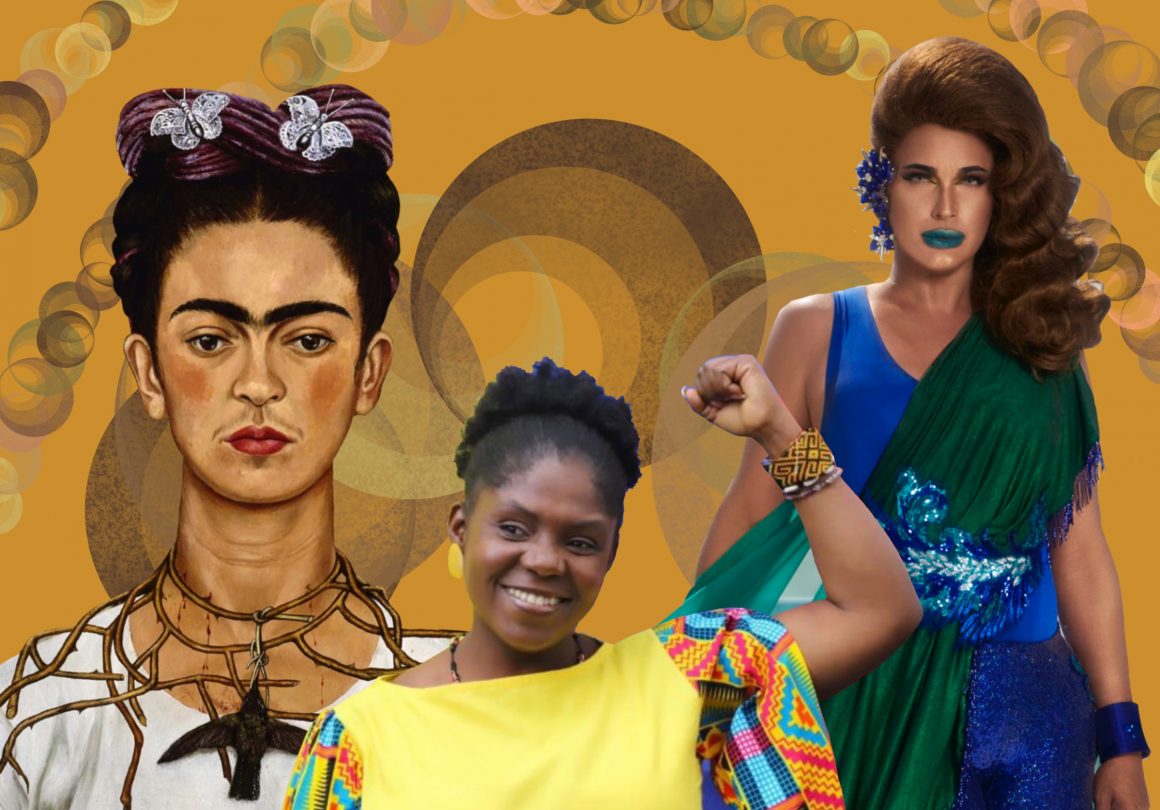
Exploring influential figures that define National Hispanic and Latino Heritage Month
By Jillian Cung, October 13 2022—
From Sept. 15 to Oct. 15, people around the world mark their calendars to observe National Hispanic and Latino Heritage Month (NHLHM). Who is considered Hispanic and Latino get blurred when these terms are used interchangeably. Note that throughout this article the term “Latnix” will not be used due to its controversial nature. To be clear, while these identities are distinct, they may overlap as well, having different socio-political and cultural realities for people depending on whether they are Hispanic and Latino, only Hispanic or only Latino. When celebrating NHLHM, we are not only celebrating achievements, history and culture — but also celebrating the fact that the identities being celebrated are rich and diverse in their own regard. Here is a list of people in the Latino and Hispanic communities that have done their part to represent their cultures and identities in their own unique ways.
Frida Kahlo
Frida Kahlo was born on July 6, 1907 in Coyoacán, Mexico to a German father and a mother of Spanish and Indigenous descent. Although she was considered a “mestiza” — a person of mixed European and Indigenous ancestry — she closely identified with her Indigenous heritage and loved the Mexican people. She challenged the Mexican art world as she broke through predominantly Eurocentric standards and facilitated its removal from “the shadow of Europe and its bourgeois ideologies,” as said in the essay by Liza Bakewell.
Kahlo’s 1949 piece, The loving embrace of the universe, the Earth (Mexico), Diego, me and Señor Xólotl, is explained to use Indigenous iconography, popular folk art and revolutionary political themes.
Carlos Diaz
Carlos Diaz, better known by the stage name Cynthia Lee Fontaine, is a Puerto Rican drag queen who swept away audiences on Season 8 of RuPaul’s Drag Race. Diaz raised over $80,000 USD for the victims of Hurricane Maria in Puerto Rico and is a positive presence on the show as a queer, Latino and Hispanic creator — a long time coming after a long history of negative portrayals of such communities in Hollywood. Negative stereotypes — such as machismo men or drug lords — leave audiences with narratives that confine people into positions of needing to defend themselves before even being known. Diaz’s presence, instead, is a refreshing portrayal that encourages other creators to feel seen.
Francia Márquez
In a political climate of affluent, White men, Francia Márquez breaks barriers by becoming the first Afro-Colombian Vice President in the country. Colombia’s racial and class structures make it difficult for marginalized people to move up in the system of power, particularly because roles are frequently determined by racial and socioeconomic backgrounds. Becoming an activist at 13 old, Márquez has been advocating for environmental and ancestral land rights since the construction of a dam threatened the destruction of her community, receiving the Goldman Environmental Prize for her work in preventing illegal gold mining as she organized a 350-mile march of 80 women to Bogotá — ultimately pushing the Colombian government to take action.
Despite being faced with incidents of sexism, racism and corruption, Márquez initiates change and continues to challenge institutions to take action.
This NHLHM, take the time to look into the work of figures like these and learn about their achievements and contributions to the community.
This article is a part of our Voices section.
